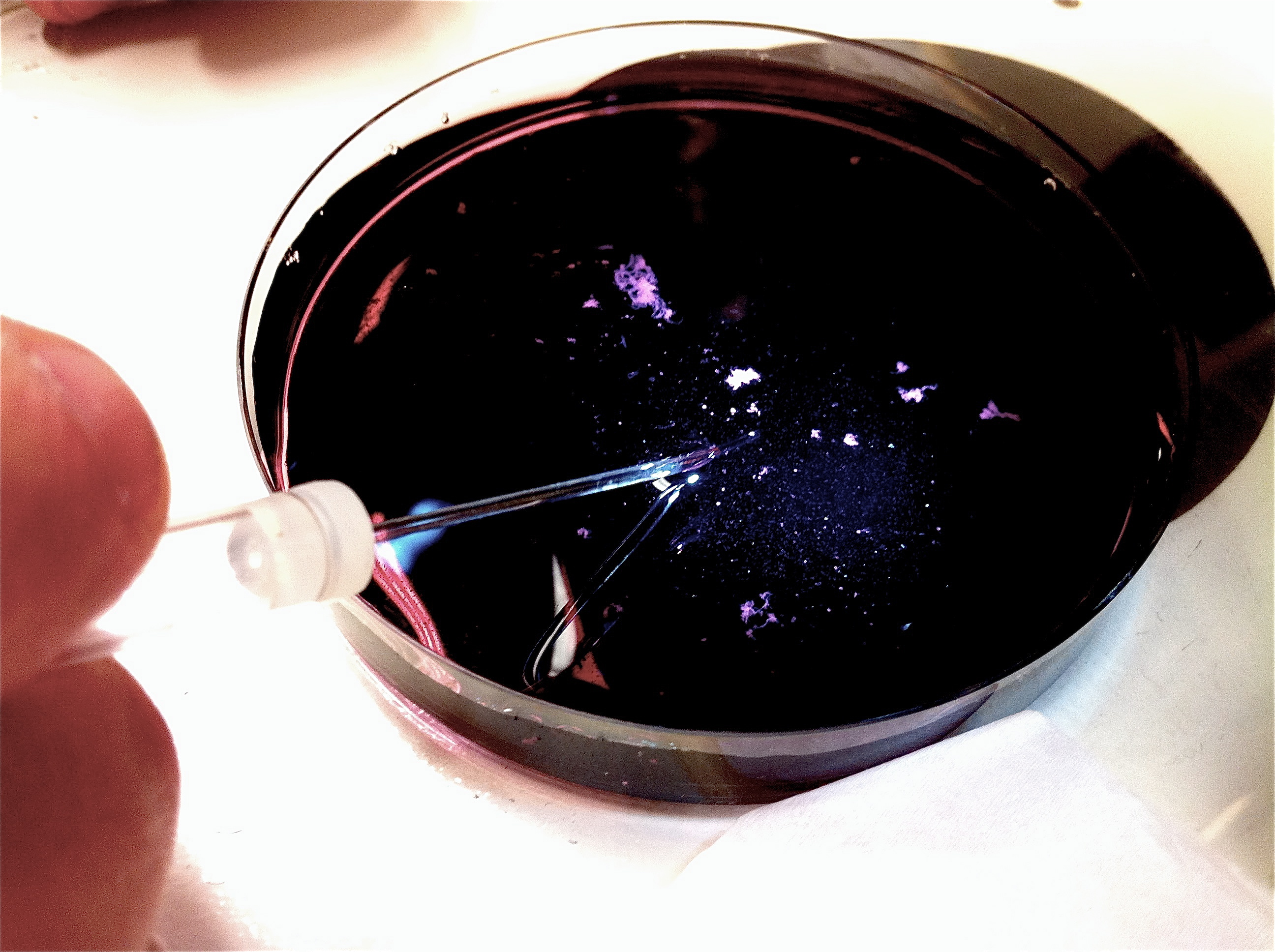
Because cells in the pancreas regulate and secrete exactly the right amount of insulin, our bodies are able to maintain a nearly constant blood sugar level.
The pancreas is about 15-25 cm long and a glandular organ in the abdomen behind the stomach and in closely linked to the duodenum.
It consists of one part that secretes enzymes that break down food – the exocrine component – and an endocrine component that secretes insulin and glucagon.
Insulin is a hormonal protein that is secreted after a meal as a response to elevated levels of glucose in the blood. Insulin is formed in beta cells, which are found in the islets of Langerhans in the pancreas.
Glucagon has an effect opposite to that if insulin and is secreted when the blood sugar level is low, thereby increasing the concentration of sugar, the glucose concentration, in the blood, above all by stimulating the breakdown of glycogen to glucose in the liver.
Islets of Langerhans are a group of cells in the pancreas whose function is to produce insulin and glucagon, among other things. Islets of Langerhans mostly consist of beta cells, which produce insulin, and alpha cells, which produce glucagon.
Type 2 diabetes, which was previously called adult-onset diabetes, is the most common type of diabetes, comprising ca. 90 % of all diabetics. This form of diabetes renders a person insensitive, resistant, to insulin.
In type 1 diabetes the insulin-producing beta cells are broken down by the immune system, making it necessary to take insulin injections.
Text Carina Dahlberg/KAW
Translation Donald S. MacQueen
Photo Magnus Bergström